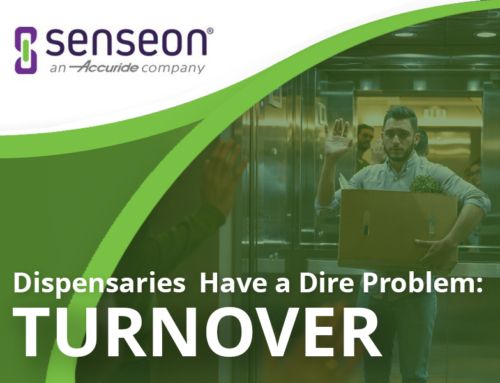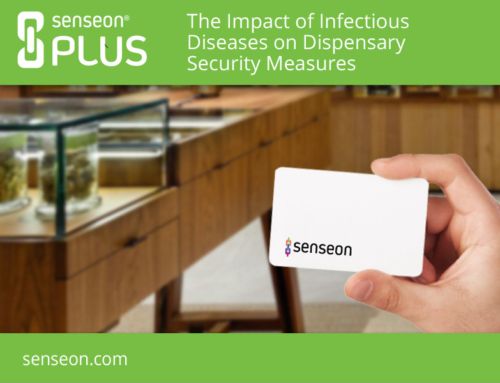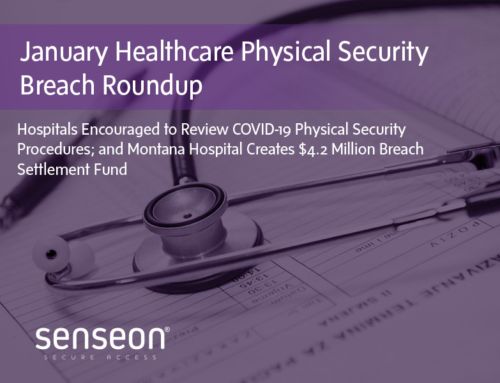Read Time: 3 minutes
Key Points
- Healthcare workers have addiction and alcohol use rates almost twice the general population.
- The DEA says combating drug diversion is the responsibility of every healthcare worker.
- Hospitals face severe financial risk from not addressing drug diversion at their facilities.
- You have access to multiple solutions in combating drug diversion including data analytics, specialized drug diversion staff, and RFID solutions.
We hear a great deal of talk about the opioid crisis going on in the federal government. That’s important, but many of the most impactful responses are going to happen at the local, hospital level.
Hospital leaders are in a unique position to take action and get real, tangible results from their efforts. None of that happens without understanding the basics, including current challenges, the role of drug diversion compliance professionals, and how technology is being used to address drug theft and diversion issues.
Healthcare Workers Under Siege
The statistics around opioid use are staggering, but they tend to gloss over some of the most troubling.
The Mayo Clinic estimates that up to 15% of healthcare professionals are addicted to drugs or alcohol. That’s higher than the general population, where the rate is 8%. That might be surprising, but it also makes sense. Healthcare work environments are a one-two punch of high stress and relatively easy access to controlled substances. This is why many healthcare workers support their addictions through drug diversion.
Even non-diverting healthcare workers are impacted and put in a difficult position by their diverting coworkers. The DEA considers it the responsibility of all healthcare professionals to protect society from drug abuse and encourages people to be aware of drug diversion situations as well as potential safeguards. Patients themselves, of course, are also at risk when diverters interrupt their care and leave them with incorrect dosages or no medication at all. There have even been high-profile cases of diversion being the root of patient infection, including a hepatitis C scare that caused 12,000 patients to undergo testing, 45 people contracted the disease, and one person died.
A Blow To Your Bottom Line
While drug diversion impacts both patients and providers, it also poses a risk to the financial health of an organization.
Hospitals that aren’t actively monitoring for drug diversion risks are exposing themselves to the possibility of severe financial damages. In 2015, Massachusetts General Hospital was found responsible for not resolving issues that were claimed to allow employees to divert controlled substances. They paid $2.3 million, an amount that eclipses many preventive drug diversion tactics.
Of course, the costs don’t stop there. Drug diversion incidents that become publicized can damage a hospital’s reputation and leave marketing teams doing double duty to regain public trust, as well as a rebuild a reputation as an environment where reliable professionals want to work.
Drug Diversion Pros to the Rescue
Today, hospital leaders looking to combat drug diversion have quite a few options.
From software solutions that leverage AI and analytics, to secure automated dispensing cabinets (ADCs), many tools are available to assist leaders who want to be proactive about diversion at their facilities. Technology though is just the start.
One academic facility (After being fined by the DEA) created a drug diversion team that collaborates across departments in addressing suspicious activities and potential diverters. Taking things a step further, the facility has also hired a drug diversion compliance officer full time to track, pursue, and address diversion within their facility. The measures they’ve taken have transformed them from a previous offender into an industry leader.
The RFID Solution
We’ve seen another example of a long-term, proactive approach to handling drug diversion from Purdue Pharmaceuticals, that has expanded its ongoing program to include RFID tags on individual bottles of OxyContin. The pilot program began before the opioid epidemic around early 2004 and has evolved over the years, receiving credit for implementing third-party RFID solutions and case-level RFID tagging in 2008.
Since then, RFID has evolved in ways that can tackle drug diversion from new perspectives. Interested in learning more? Visit our Healthcare Access Control page or contact us!






